- All
- Big 5
- Northern 5
- Ugly 5
- Little 5
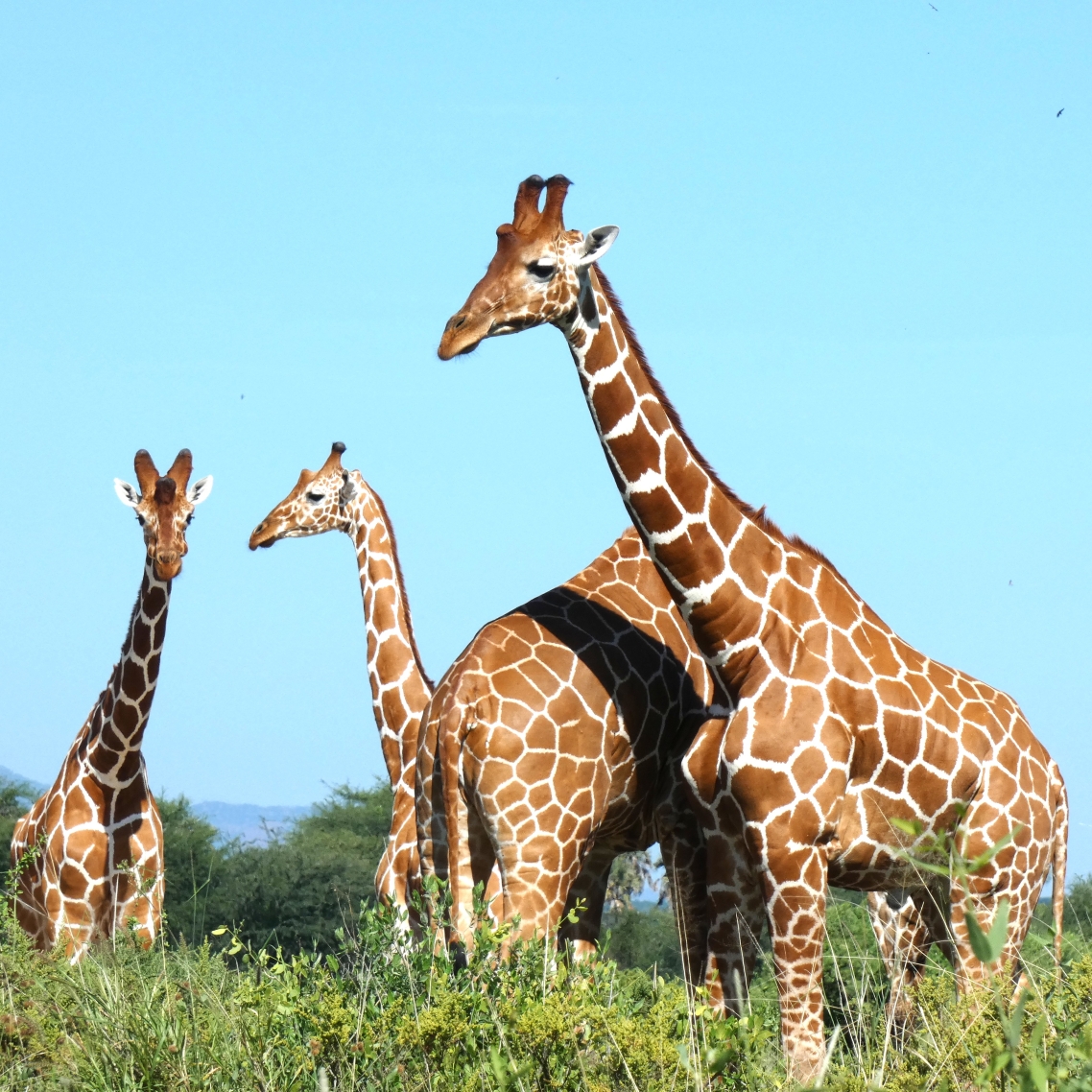
Giraffe, Reticulated
SWAHILI NAME: Twiga
CONSERVATION STATUS: Endangered
CATEGORY: Northern 5
POTENTIAL LOOKALIKES: Masai giraffe, Nubian (Rothschild) giraffe
DISTINGUISHED BY: Hexagonal, “hand-painted” brown patches
1. Chew old bones to stock up on calcium and minerals
2. Can go weeks without drinking water, relying on plant moisture
PHOTO CREDIT: Jotham A
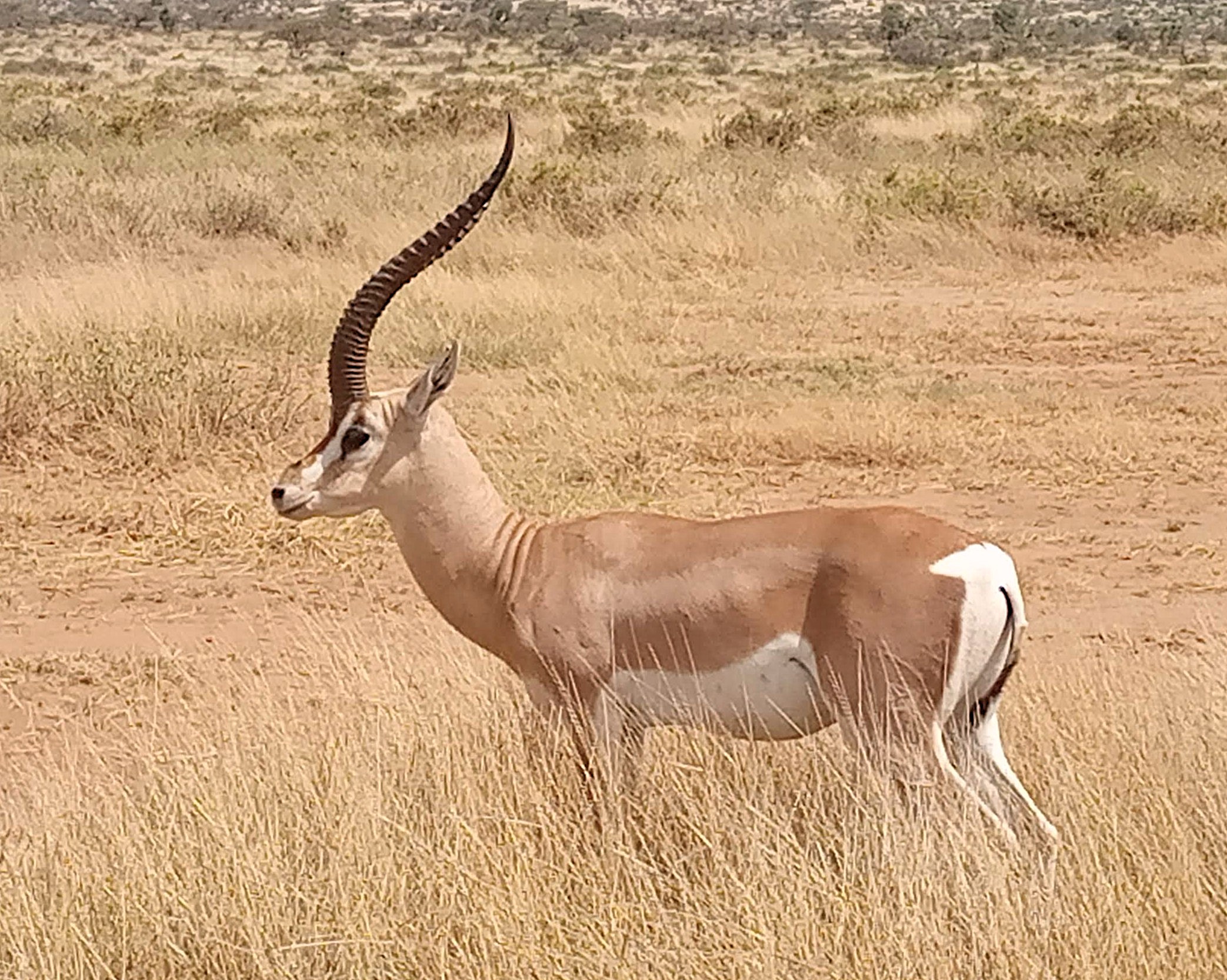
Gazelle, Grants
SWAHILI NAME: Swala Granti
CONSERVATION STATUS: Least Concern
POTENTIAL LOOKALIKES: Thomson’s Gazelle, Impala
DISTINGUISHED BY: Larger size, long curved horns, and a light-colored coat without a strong black stripe.
1. Can survive in dry areas with little water, relying on moisture from food.
2. Built for endurance, it can sustain high speeds over long distances.
PHOTO CREDIT: Bonface Mwangi
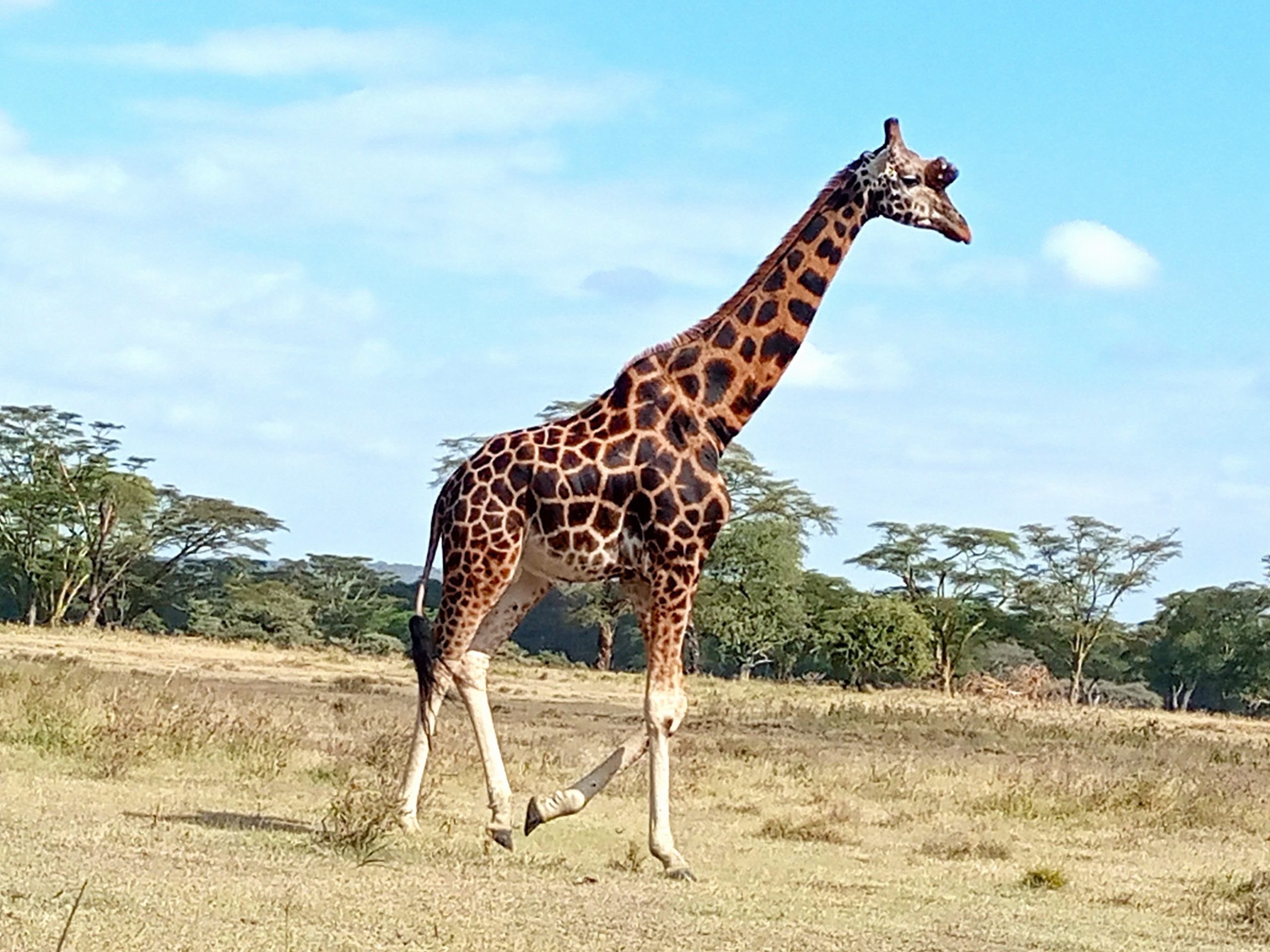
Reticulated giraffe, Nubian (Rothschild’s) giraffe
SWAHILI NAME: Twiga
CONSERVATION STATUS: Critically Endangered
POTENTIAL LOOKALIKES: Masai Giraffe, Reticulated Giraffe
DISTINGUISHED BY: Darker patches, smoother edges than Masai giraffes, set against a pale cream background.
1. It has “white socks,” with no markings below the knees.
2. Unlike most giraffes, it has five ossicones (horn-like bumps on its head).
PHOTO CREDIT: Bonface Mwangi
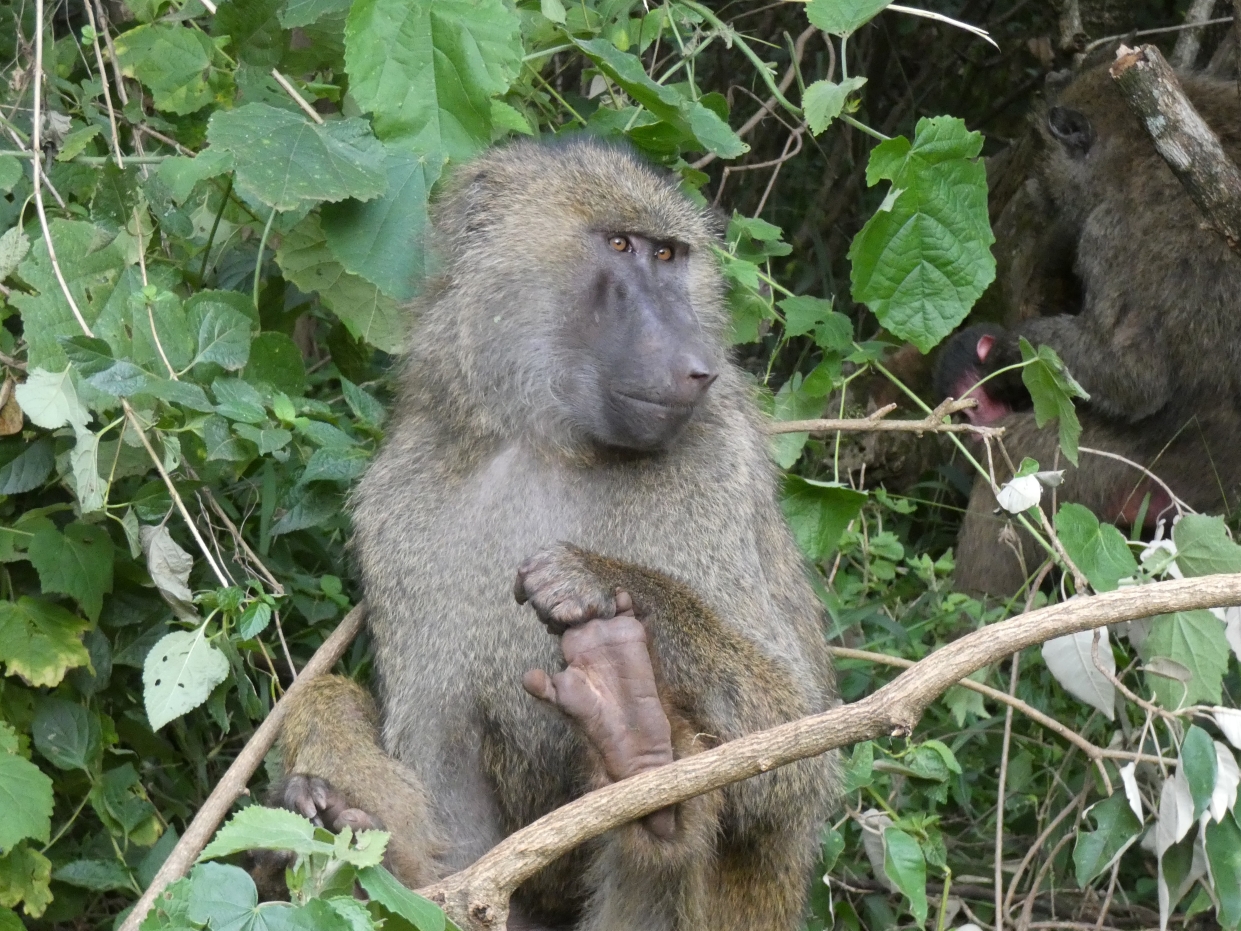
Baboon
SWAHILI NAME: Nyani
CONSERVATION STATUS: Least Concern
POTENTIAL LOOKALIKES: Monkeys
DISTINGUISHED BY: Long snout and robust build
1. Lives in troops and communicates using over 30 sounds—grunts, barks, screams—plus gestures like yawns and lip-smacking.
2. Omnivorous; eats plants and animals. Males have canines that can be longer than a leopard’s!
PHOTO CREDIT: Jotham A
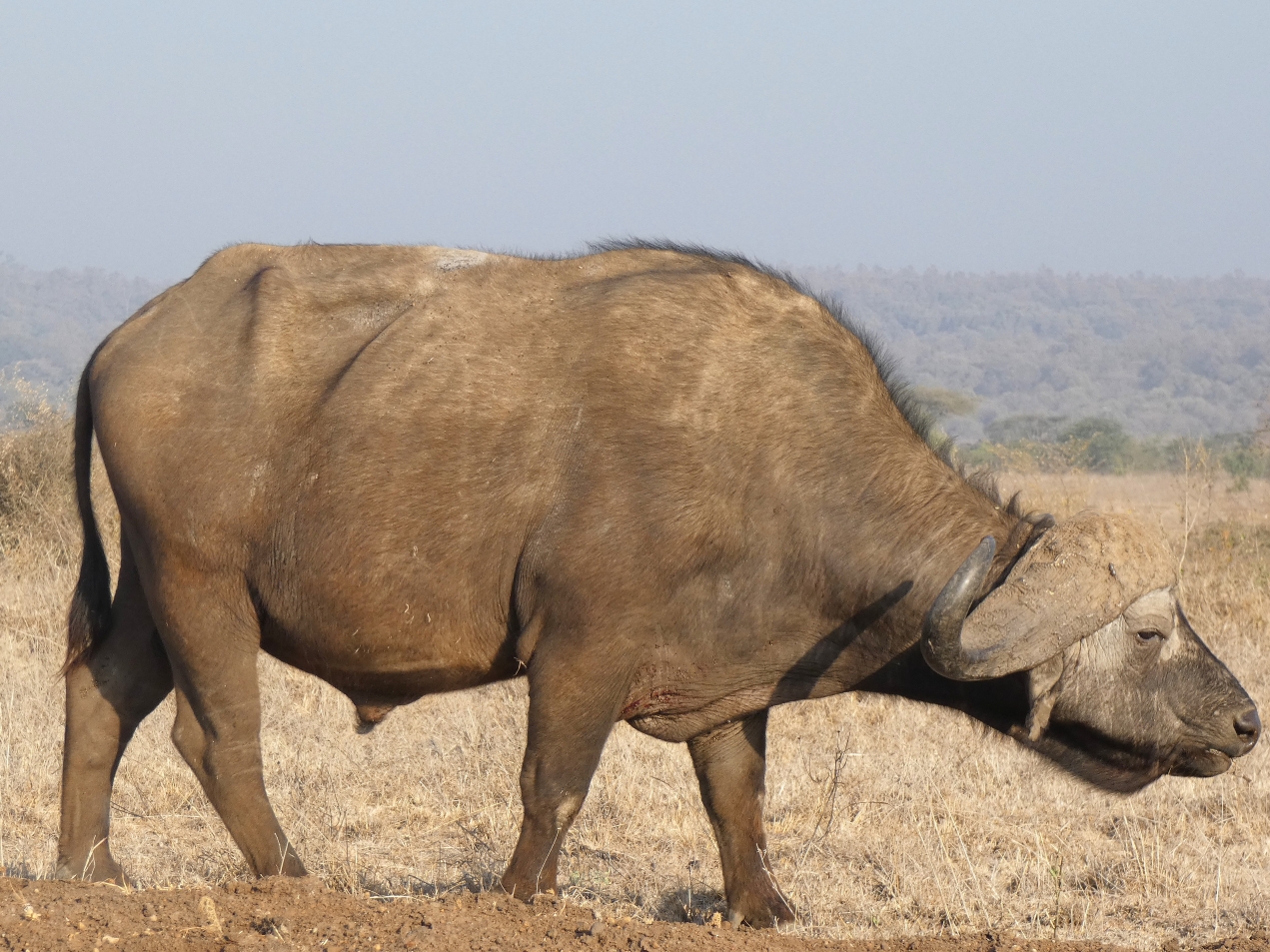
Buffalo
SWAHILI NAME: Nyati/Mbogo
CATEGORY: Big 5
CONSERVATION STATUS: Vulnerable
POTENTIAL LOOKALIKES: N/A in Africa (Bison, Water Buffalo)
DISTINGUISHED BY: Large, curved horns and robust build
1. One of Africa’s most dangerous animals due to their unpredictable behavior and strength
2. Have excellent memory and can recall predators and people they encounter
PHOTO CREDIT: Jotham A
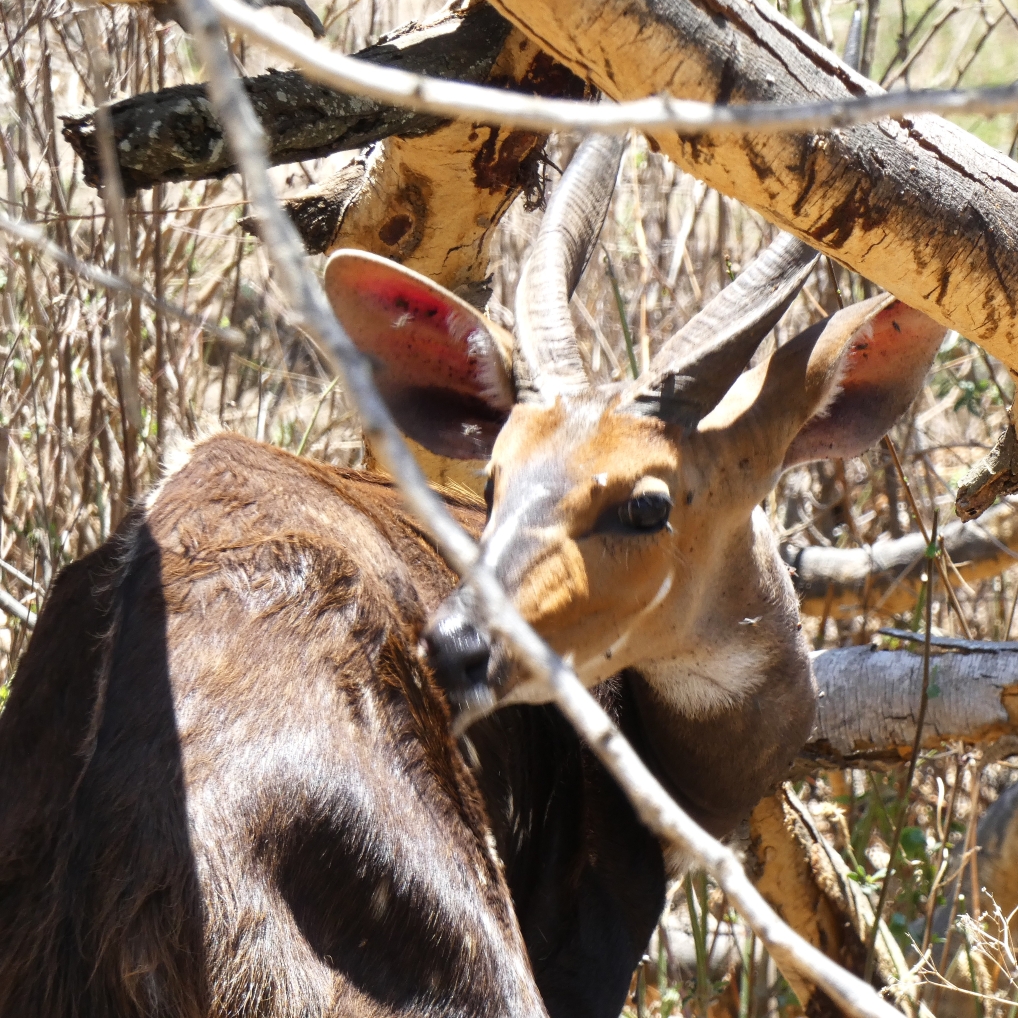
BushBuck
SWAHILI NAME: Pongo/Kulungu/Mbawala
CONSERVATION STATUS: Least Concern
POTENTIAL LOOKALIKES: Duiker, Reedbuck
DISTINGUISHED BY: Spiral horns (males) and spotted coat
1. Shy and solitary, they prefer dense bush habitats
2. Excellent jumpers, they evade predators with powerful leaps
PHOTO CREDIT: Jotham A
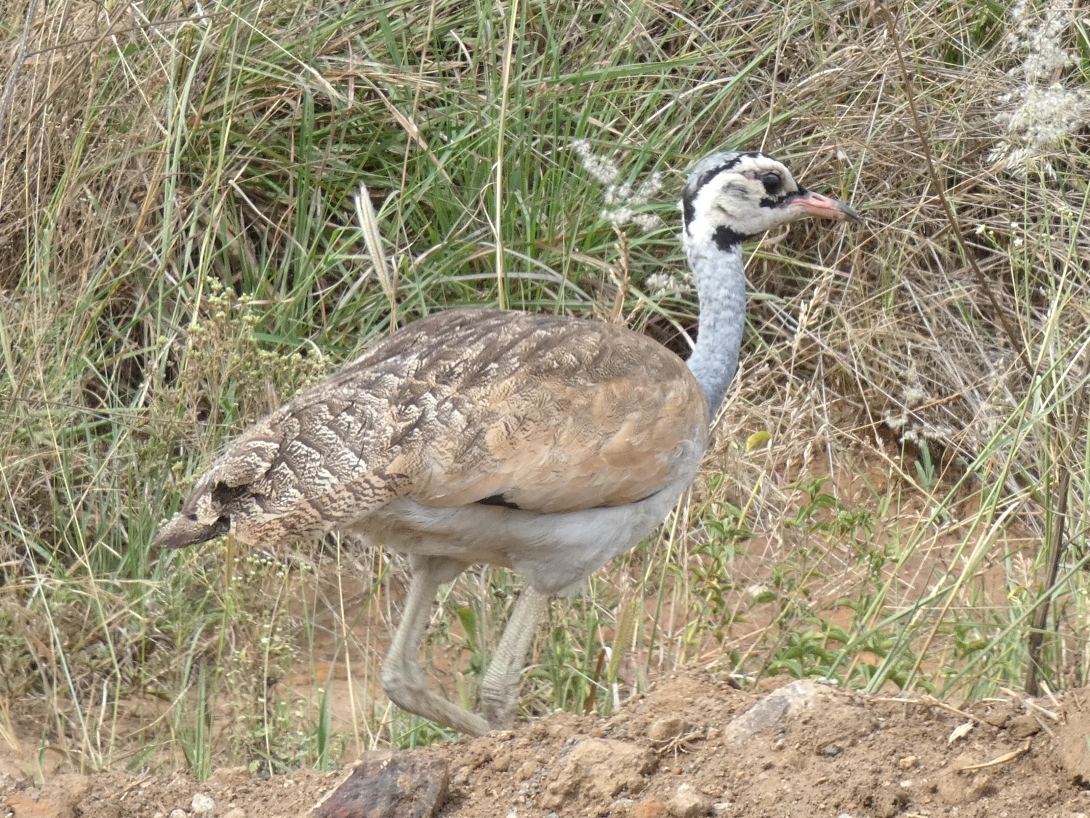
Bustard, White-bellied
SWAHILI NAME: Tandawala Tumbo-Jeupe
CONSERVATION STATUS: Least Concern
POTENTIAL LOOKALIKES: Other Bustards
DISTINGUISHED BY: White belly, long legs, and blue-gray neck of males
1. Found in open grasslands and savannahs, often spotted in pairs or alone
2. Males have blue-gray necks and dark facial markings, while females are more muted in color, and both have a distinctive croaking call
PHOTO CREDIT: Jotham A
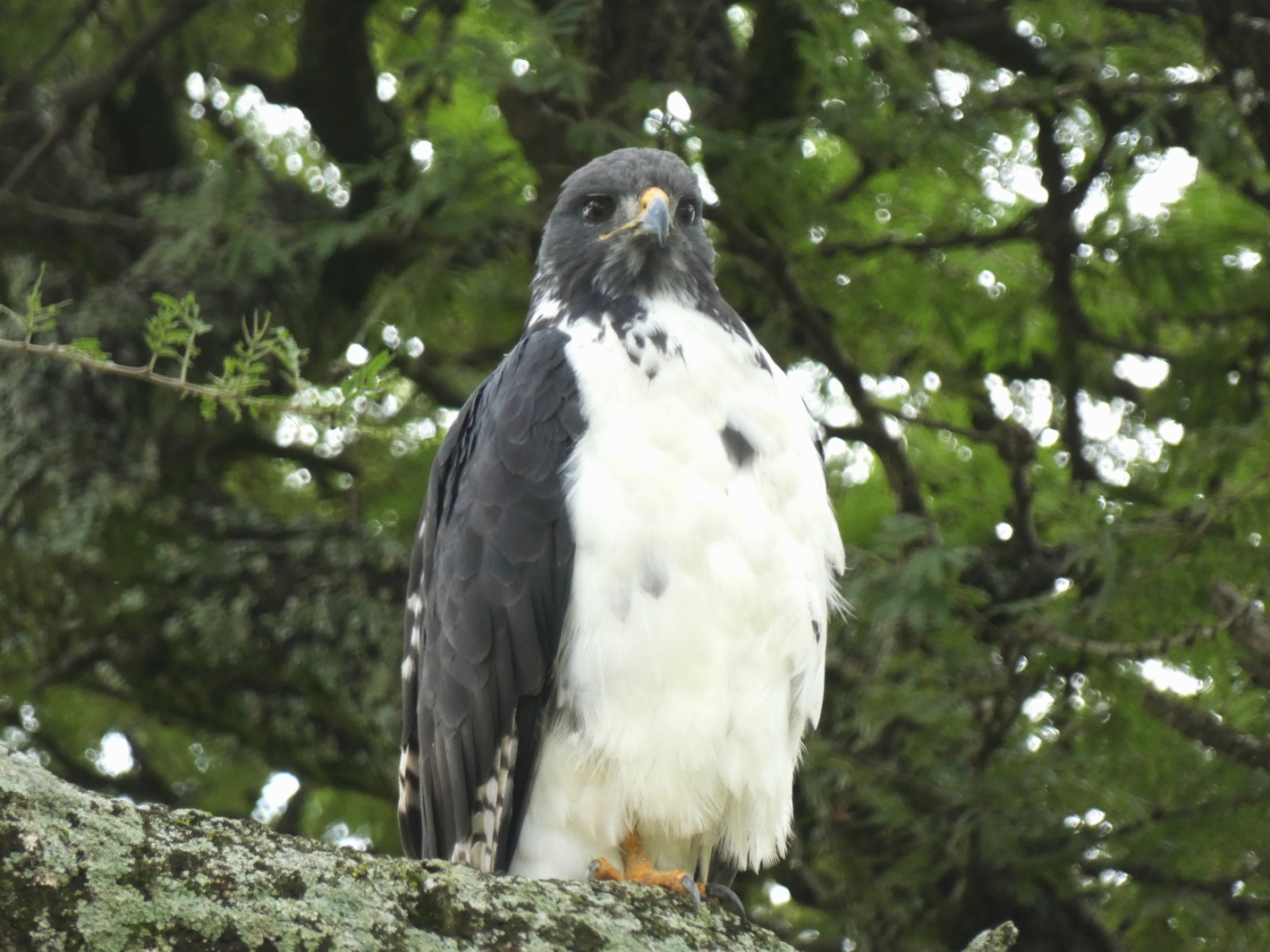
Buzzard, Augur
SWAHILI NAME: Shakivale Tumbo-jeupe
CONSERVATION STATUS: Least Concern
POTENTIAL LOOKALIKES: Other Hawks, Eagles
DISTINGUISHED BY: Chunky body and reddish-orange tail.
1. Part of the hawk family, not the eagle family.
2. Underparts may vary in color, ranging from white to black or chestnut, particularly in Somalia.
PHOTO CREDIT: Jotham A